Vitamin D packed foods to eat during darker winter months
A sunshine diet for darker months
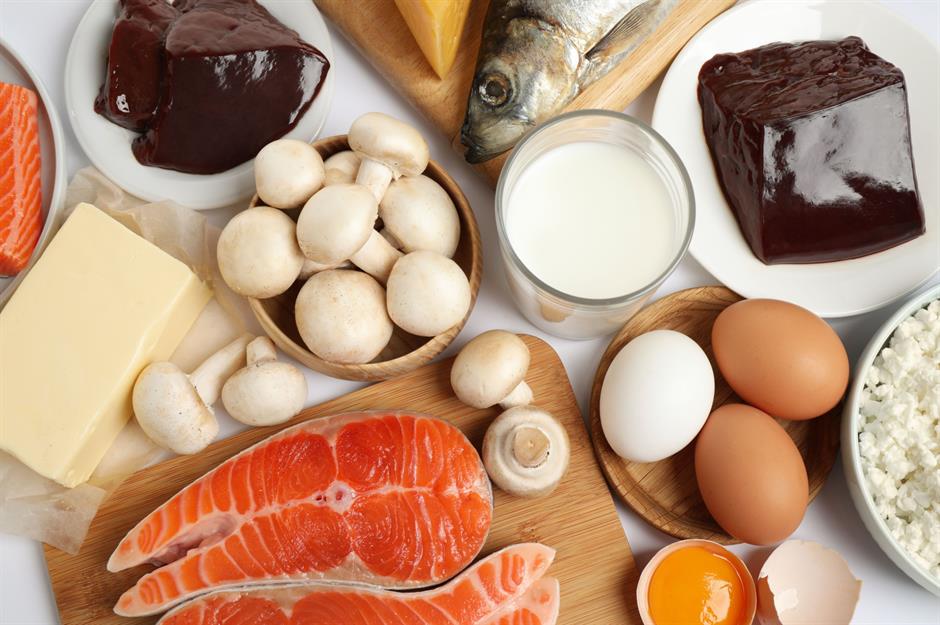
You might not have given your vitamin D intake much thought, but this essential nutrient is hard at work in your body right now. It supports healthy bones, helps to maintain brain function and even activates your immune defences. Most vitamin D is produced in our bodies, which transform the sun's UV rays into vitamin D3. When bright sunlight is scarce, it's especially important to load our diets with vitamin D–rich foods, whether they're naturally high in the nutrient or have been fortified.
Want to give your vitamin D levels a boost? Click or scroll through our gallery to discover the sunshine foods you should add to your diet.
Anchovies
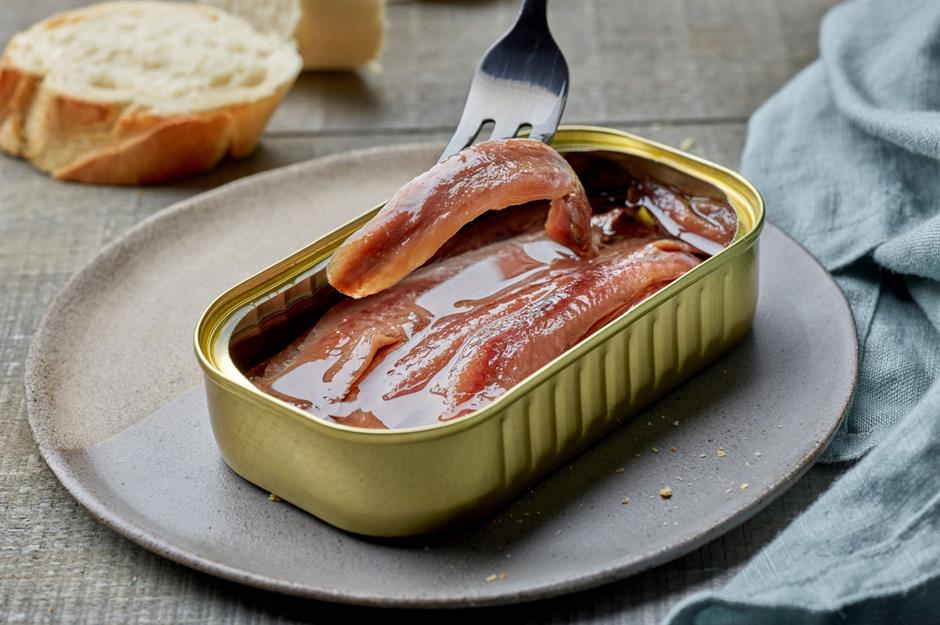
Whether you love them or hate them, these tiny fish are incredibly rich in vitamin D; just 3.5oz (100g) of anchovies contains your entire recommended daily dose. That said, few of us have access to fresh anchovies, and the widely available salted, canned version can't (and shouldn't) be consumed in such large quantities. However, using canned fillets in place of salt can help to bring a rich umami flavour – as well as a vitamin boost – to many recipes. A puttanesca sauce is a great place to start, but anchovies are also excellent added to lamb stews, incorporated into crumb toppings for gratins, or blended with fresh green herbs to make salsa verde.
Beef liver
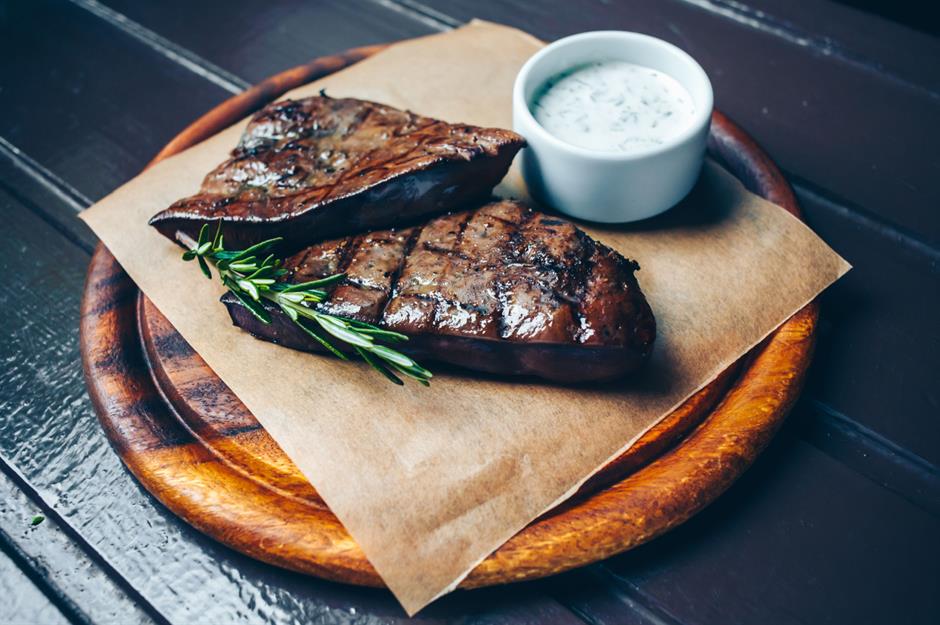
Beef liver's vitamin content makes it a great alternative to steak; a 2.8oz (80g) serving provides 7% of your daily vitamin D requirement, as well as a boost of iron and vitamin B12. However, due to liver's high content of cholesterol and vitamin A (too much of the latter can cause health problems including liver damage and osteoporosis), it should only be consumed occasionally. The best way to draw out those caramelised umami flavours is to flash-fry it over a searing heat, resulting in liver that's gloriously brown on the outside, and pink and tender on the inside. Liver aficionados also swear by pre-soaking the meat in milk to remove any bitterness.
Breakfast cereals
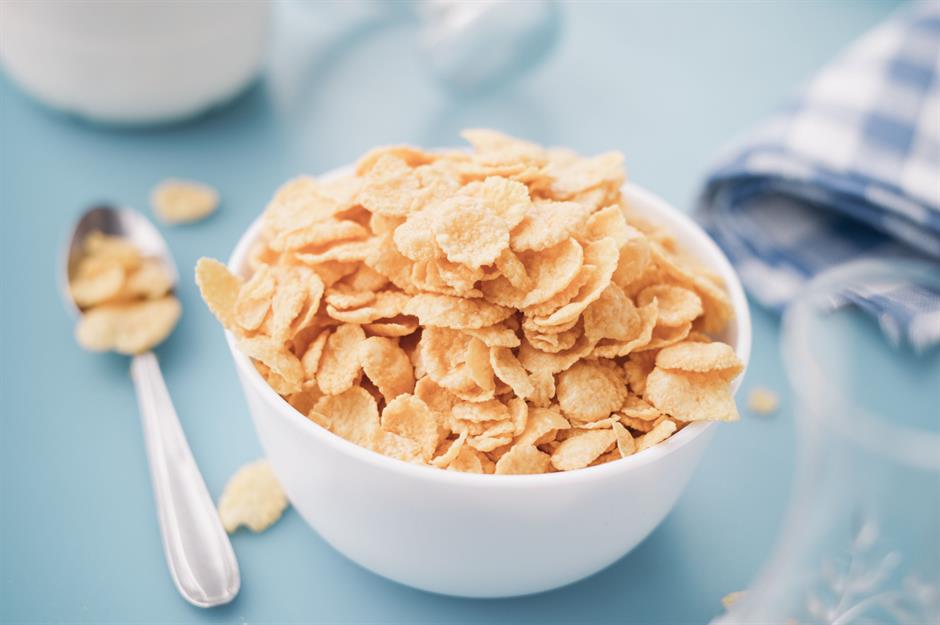
Food brands have been fortifying their products for almost a century, adding essential nutrients to their formulations to boost our health (and their sales). Cereal is a classic example; in 2022, Kellogg's increased the amount of vitamin D in its cereals to deliver 50% of our daily requirement. Research into how effectively our bodies are able to use vitamin D that's been added to foods is scarce, but cereals are a huge part of many people's breakfast routine – so it's an easy box to tick if you're looking to boost your intake.
Cheese
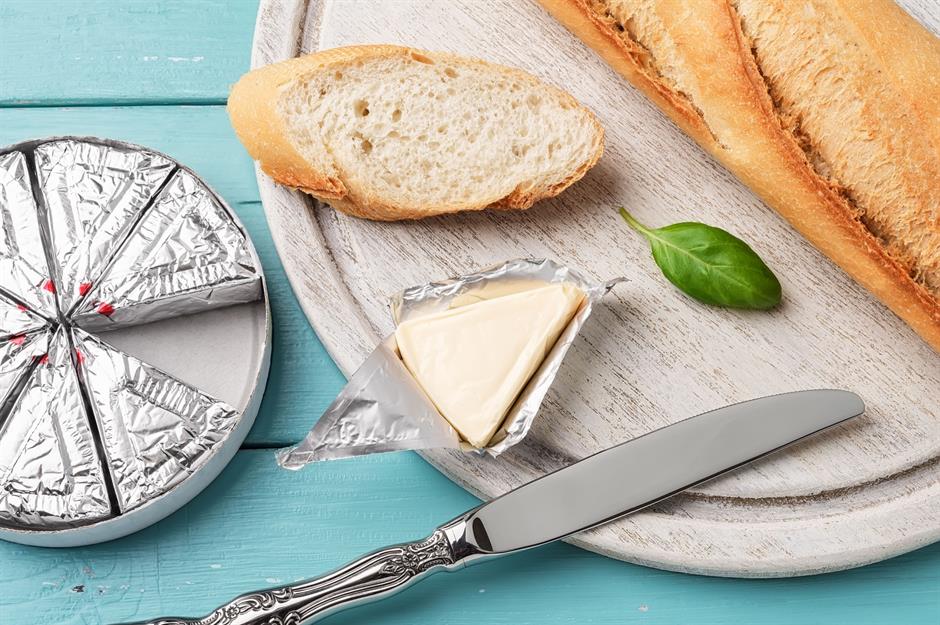
A 3.5oz (100g) serving of most cheeses contains around 5% of your daily vitamin D; however, some estimates suggest that ricotta and queso blanco contain even more vitamin D than that. Unusually, there may be a case for choosing processed products here. Dairy milk is naturally low in vitamin D, but is easily fortified – and the same goes for processed cheeses, which often boast added vitamin D. Perhaps that processed cheese slice in your burger has a (very faint) healthy halo after all?
Cod liver oil
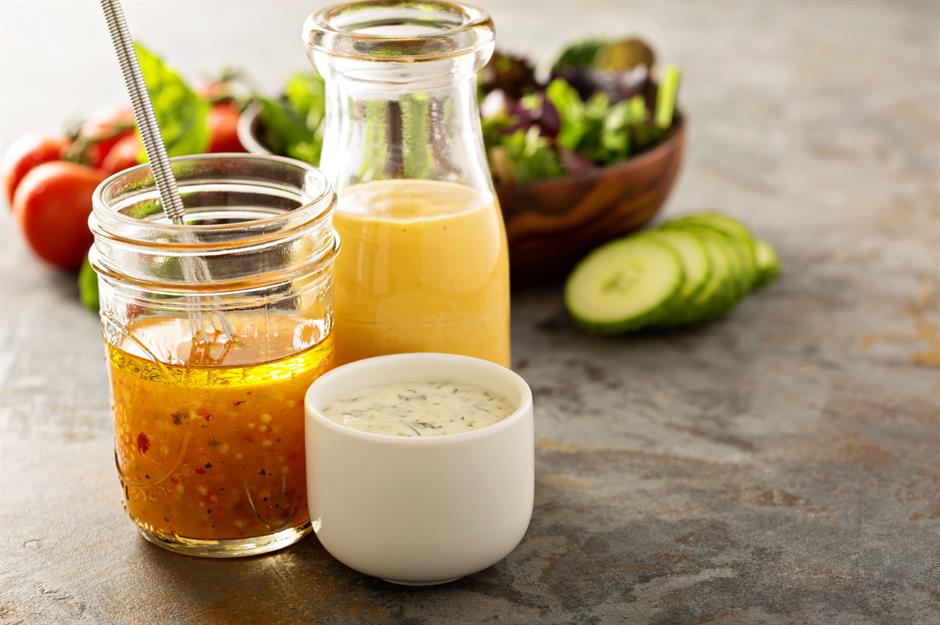
You're more likely to find this supplement in the medicine cabinet than in the kitchen, but one thing's for sure: cod liver oil is our most potent natural source of vitamin D, making it great for turbo-charging a homemade mayonnaise or salad dressing. Just a teaspoon of cod liver oil provides your entire daily dose of the vitamin, plus health-boosting Omega-3 fatty acids and vitamins A and E. Try blitzing cod liver oil into a neutral-tasting seed oil along with plenty of tangy white wine vinegar, crushed garlic and a little wholegrain mustard. These robust flavours will balance the distinctive taste of the fish oil without diminishing its health benefits.
Cows' milk
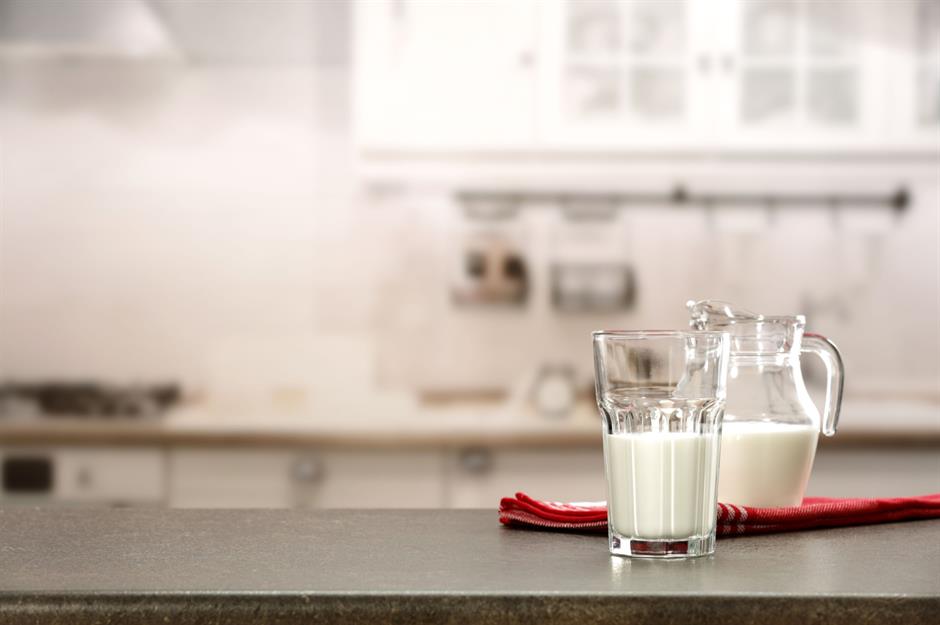
In Canada, it's mandatory for cows' milk to be fortified with vitamin D, while in the USA, the vitamin is added to baby formula milk by law. Though it may not be compulsory to add vitamin D to cows' milk in other parts of the world, it's not uncommon to find fortified varieties available. A pint or large glass of fortified cows' milk (either whole or skimmed) can deliver 32% of your daily vitamin D requirement, so cooking with it, or making milky drinks, is a good habit to get into during the winter months. Try swapping filter coffee for a latte, replacing water with milk in creamy soup recipes or enjoying a milky dessert like panna cotta.
Egg yolks

Eggs are highly nutritious all round – but if you're keen to boost your vitamin D intake, pay particular attention to the yolks, which can be used to bring a velvety richness to carbonara sauces, salad dressings and homemade mayonnaise. Opting for eggs from outdoor-reared birds may be a good way to ensure optimum levels of vitamin D, as sunlight plays a part in its creation. Experimenting with light levels may allow farmers to produce more nutritious eggs in future; researchers at the Martin-Luther-Universität Halle-Wittenberg in Germany have found that fitting chicken sheds with UV light can quadruple the birds' vitamin D levels.
Fish roe
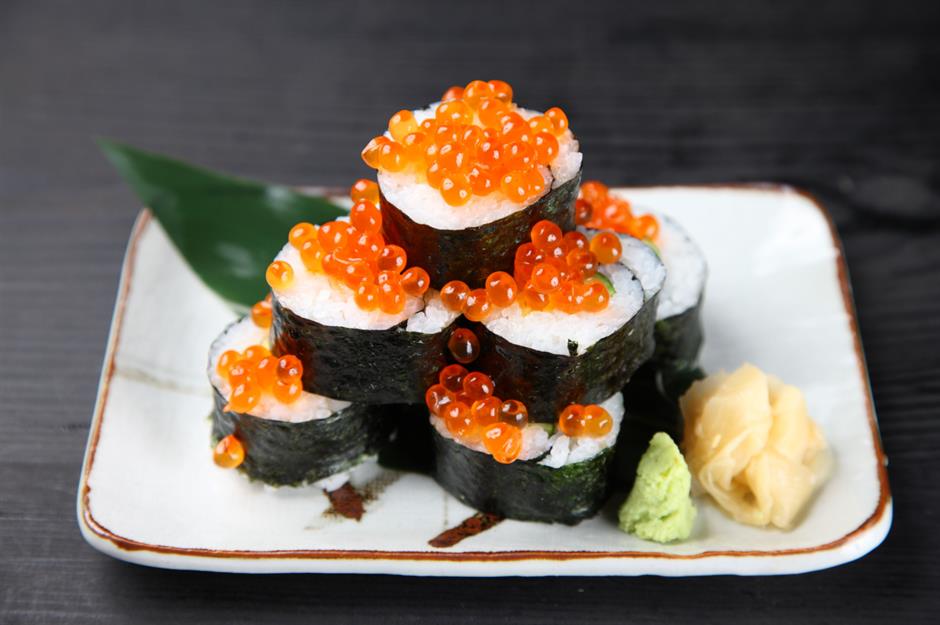
Fish roe punches well above its weight in terms of its vitamin D content – and the good news is that you don't have to splash out on fancy caviar. Also known as red caviar, salmon eggs larger and more affordable, while a 3.5oz (100g) portion is estimated to pack around half your recommended daily dose of vitamin D. Salmon roe also contains plenty of magnesium, which helps the body to metabolise vitamin D. For a nutritious canapé, try it on bite-sized toasts topped with cream cheese.
Fruit juice
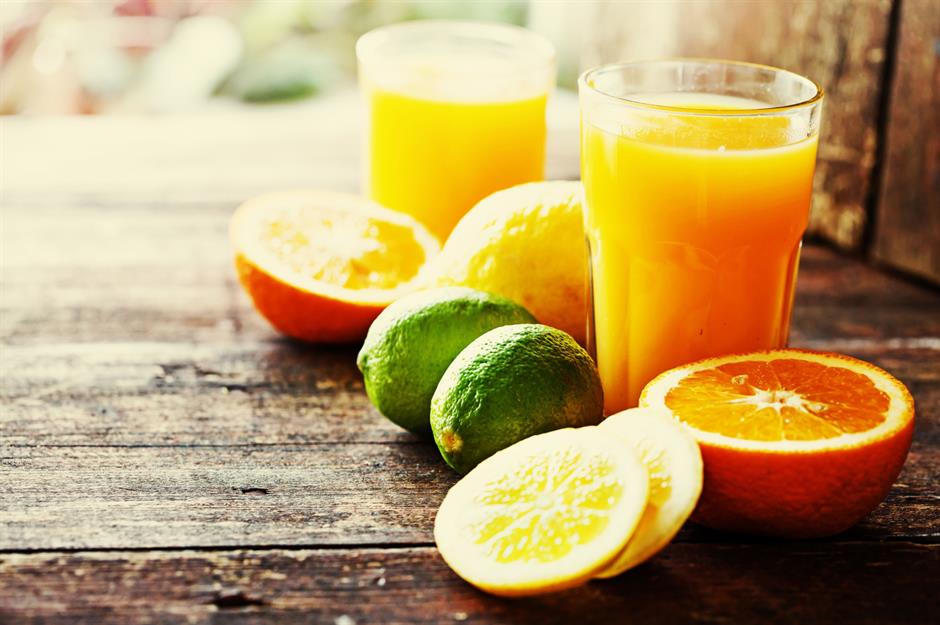
Who doesn't love a glass of fruit juice with their breakfast? Oranges are harvested from the world's most sun-drenched growing regions, making a morning glass of orange juice the perfect vehicle for vitamin D – which is added to some fruit juices to deliver additional health benefits. A standard serving could deliver around a fifth of your recommended daily dose – but concentrations vary, so check the carton to be sure of just how much vitamin D your juice contains.
Herring
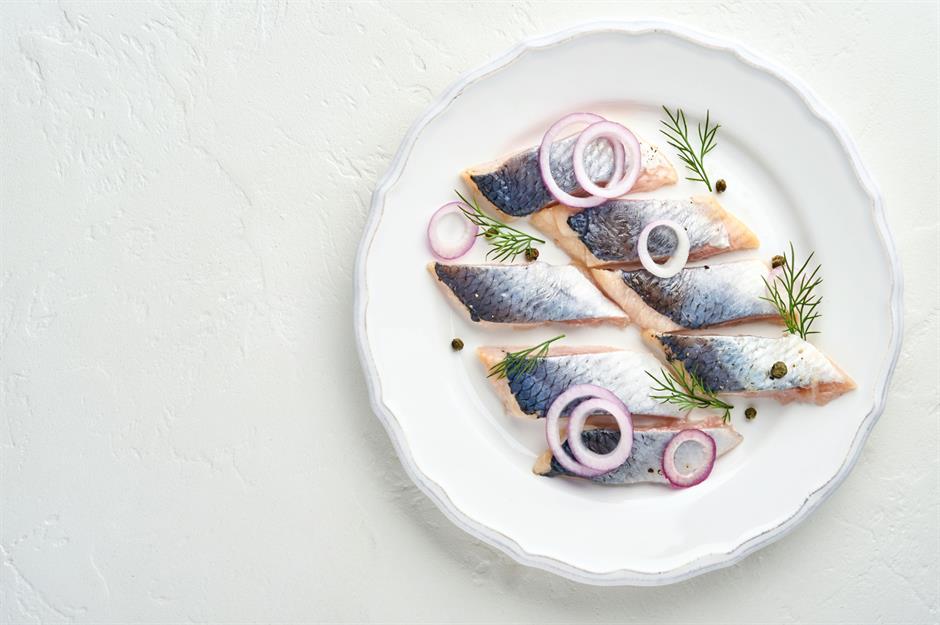
According to the Royal Osteoporosis Society, just one 4oz (113g) serving of grilled herring will provide more than 100% of your daily recommended dose of vitamin D. That's good news for fans of Scandinavian, Nordic, Dutch, Baltic and Eastern European cuisines – these regions have elevated the pickling of herrings to a fine art, and often team the vinegary fish with rich, buttery condiments and rustic bread. While fresh herrings also deserve a try (they're delicious pan-fried or grilled), it's worth keeping an eye out for another tasty take on the fish: kippers, which, even though they're smoked, manage to hold onto most of their vitamin D.
Mackerel
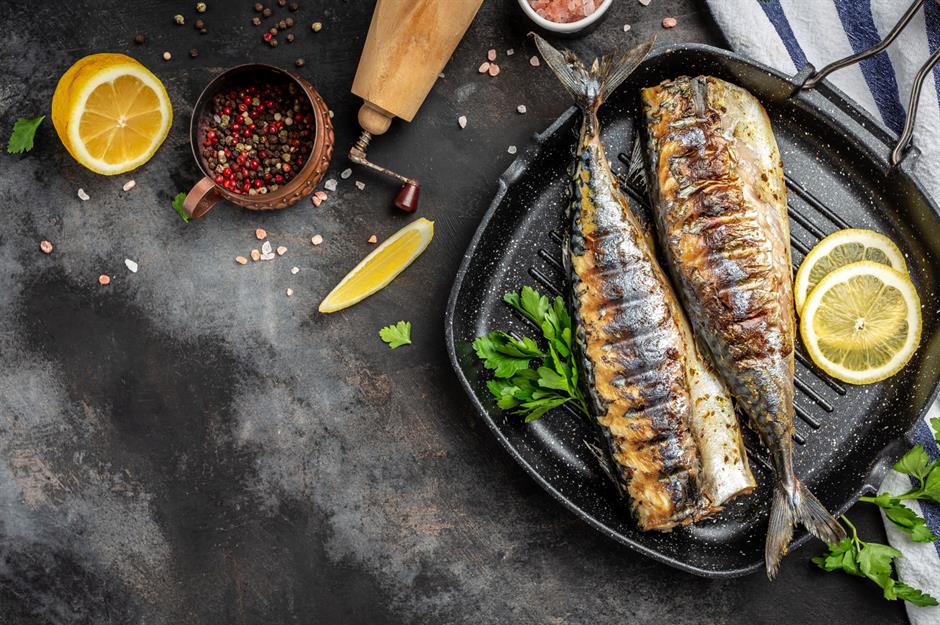
These tiger-striped fish are another good source of vitamin D3, with estimates suggesting one pan-fried mackerel fillet could contain as much as twice your daily recommended dose. Rich and flavoursome, mackerel is delicious straight from the grill or barbecue – but if you find a trustworthy source of spankingly fresh fish, it can make a sensational ceviche, too: simply cube it, then toss with fresh lemon juice, olive oil and seasoning. As with some other species, mackerel stocks are seriously under threat from overfishing, so a sustainable approach to sourcing is recommended. Look out for line-caught fish; this lower-impact method is generally kinder on precious populations of undersized fish.
Malted drinks

People have been enjoying fortified milky drinks for centuries, getting a dose of micronutrients alongside the calcium in their milk. Vitamin D is a popular addition to malted nighttime drinks, which are used to promote sleep in some cultures. A warming drink made with malted milk drink powder can deliver around 20% of your daily recommended amount when made up with skimmed milk. You might prefer to get your dose chilled; making fortified malt drinks with cold milk and serving over ice is a fresh way to reap all the nutritional benefits.
Margarine
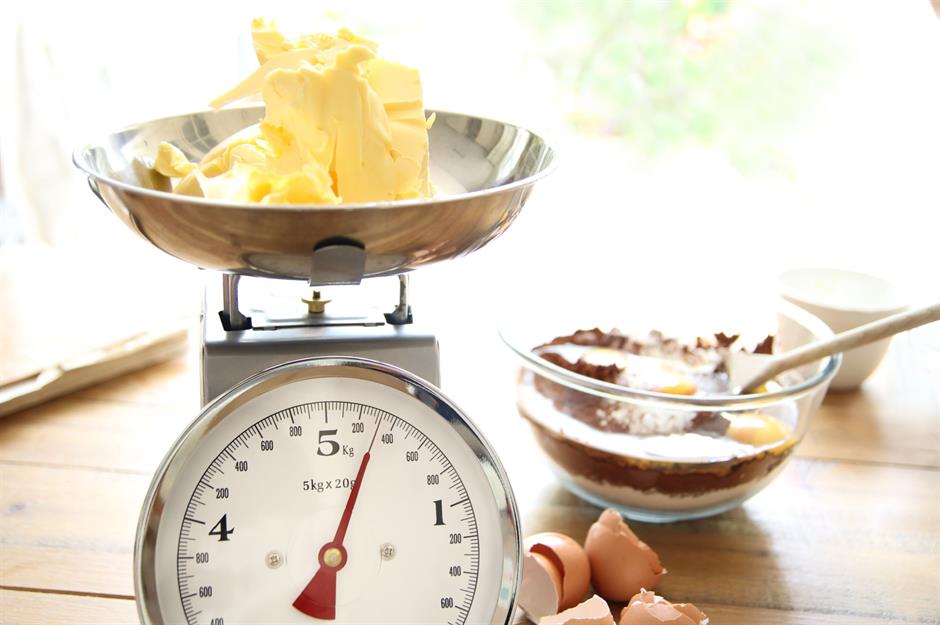
The partnership between margarine and vitamin D goes way back; in 1940, the UK government ruled that all fat spreads must be fortified with the nutrient. The law was withdrawn in 2013, but remains under review as public health officials look for new measures to fight against vitamin D deficiency. Margarine is a logical vehicle for vitamin D, as it's already a confection of various oils, fats and water; plus, it's eaten daily as a spread in many households, and can also used to bake and fry in place of butter. Check your favourite spread's label to see if vitamin D is present – you may be surprised.
Oysters
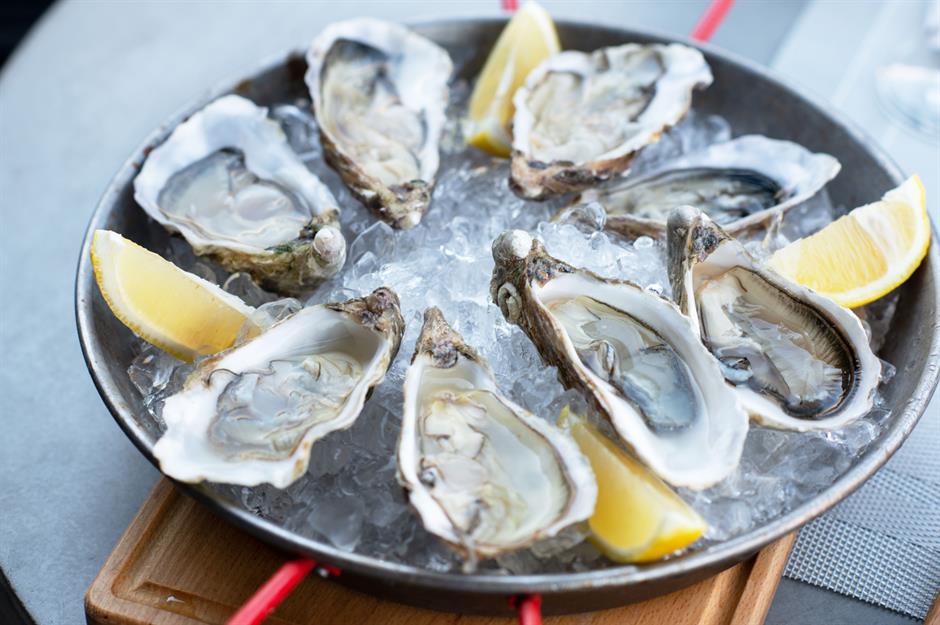
Prized as a delicacy around the world, oysters serve up an impressive nutritional package of vitamins and minerals. A serving of half a dozen is estimated to contain about half of your recommended daily vitamin D requirement – so, while they may not be an everyday solution to a deficiency, they're a tasty way to up your vitamin intake when they are on the menu. Purists say you should enjoy them freshly shucked with a squeeze of lemon (or a dash of shallot vinegar). Or, for a real treat, try them lightly grilled with a herby breadcrumb topping.
Plant milks
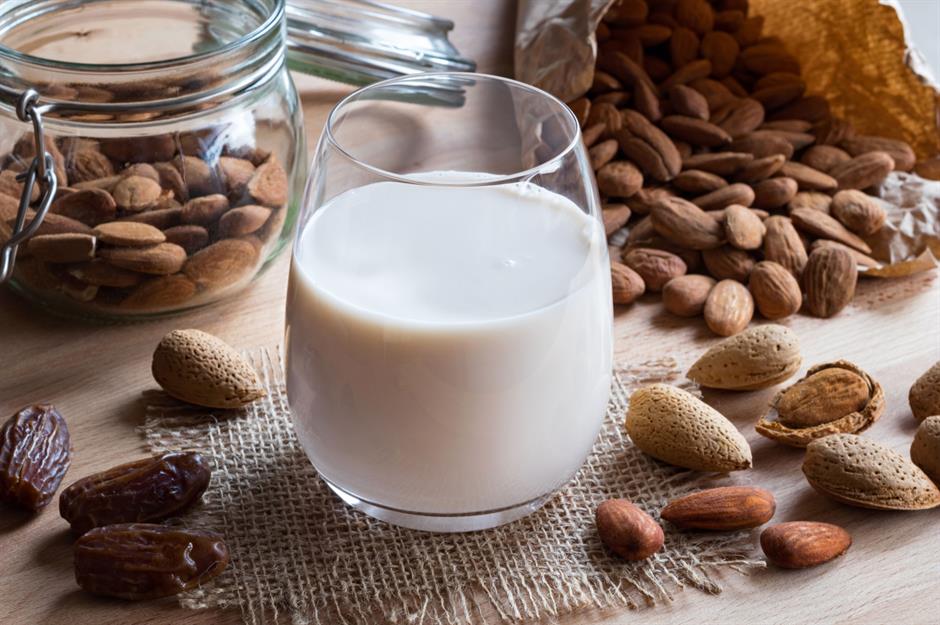
According to nutritional analysis from the University of Minnesota, around 70% of plant milks are likely to be fortified with vitamin D – so chances are your regular carton of legume, nut or grain milk may contain the nutrient, even if you don't realise it. The amount of vitamin D contained in plant milks is roughly the same as in enriched cows' milk, delivering around 32% of your daily dose. With the mouthfeel and stability of plant milks improving all the time, getting your vitamin D this way has never been tastier.
Pork
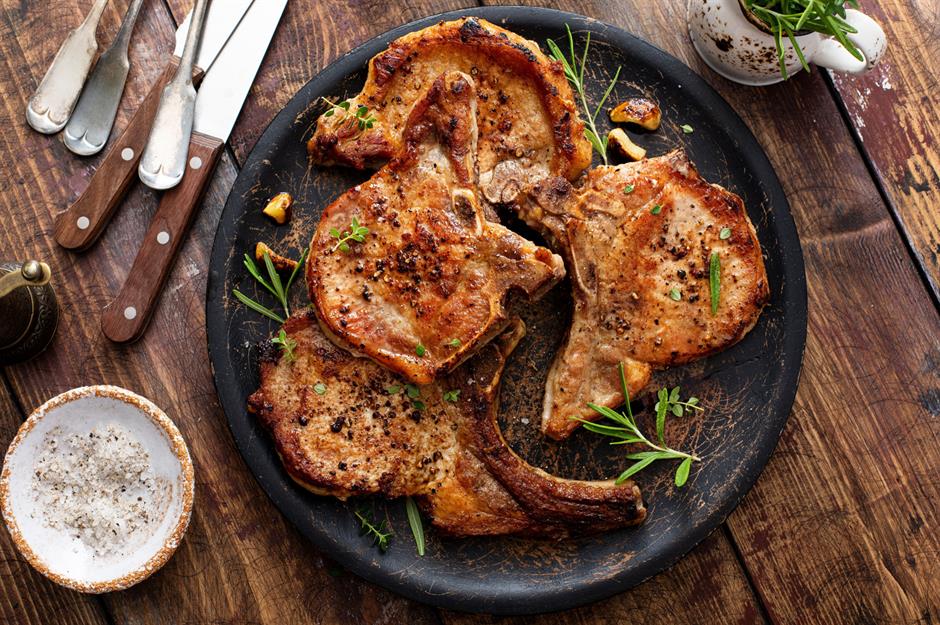
Given the importance of sunlight for generating vitamin D in living organisms, it's not surprising that pigs that are given plenty of exposure to the sun's UV rays are a significant source of the nutrient. Research has found that sun-exposed pigs can have more than double the vitamin D3 content of animals reared indoors – with a 3.5oz (100g) serving of meat from the former providing around 10% of your daily intake. Researchers found that lean cuts of pork, like chops, contain the highest concentration of the vitamin.
Rainbow trout
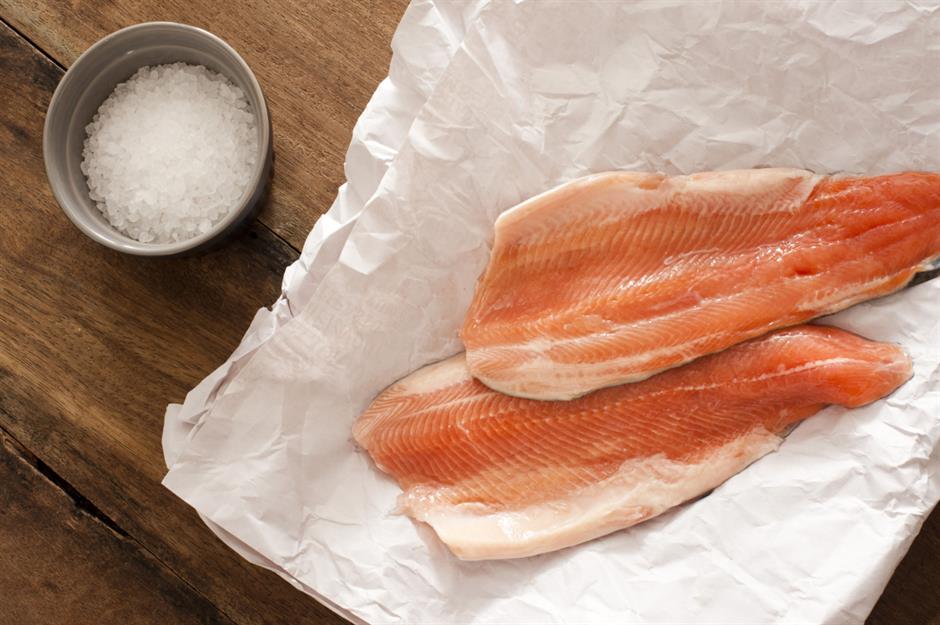
Want to get your daily dose of vitamin D in one tasty sitting? Good news – just one 3.5oz (100g) fillet of rainbow trout contains all the vitamin D you need. Not only that, but it's also packed with Omega-3 fatty acids, which are beneficial for heart heath. Very similar to salmon, but slightly less oily, rainbow trout is easy to cook; you can pan-fry, steam, poach or bake your fillets for a succulent dish that's ready in minutes. Just be sure not to confuse rainbow trout with sea trout, which is high in B vitamins, but very low in vitamin D.
Salmon

This popular protein is an amazing natural source of vitamin D, with one 3.5oz (100g) fillet packing around 85% of your daily requirement. Even better, if you can source wild salmon rather than farmed fish, you can expect to receive double the amount of vitamin D from the same portion size. Either way, the real beauty of salmon is its versatility. Rippled with healthy fats that keep the fish succulent during cooking, it's equally good steamed with ginger and chilli, roasted en croute within a crisp pastry parcel or simply poached and served alongside a buttery dill sauce.
Sardines
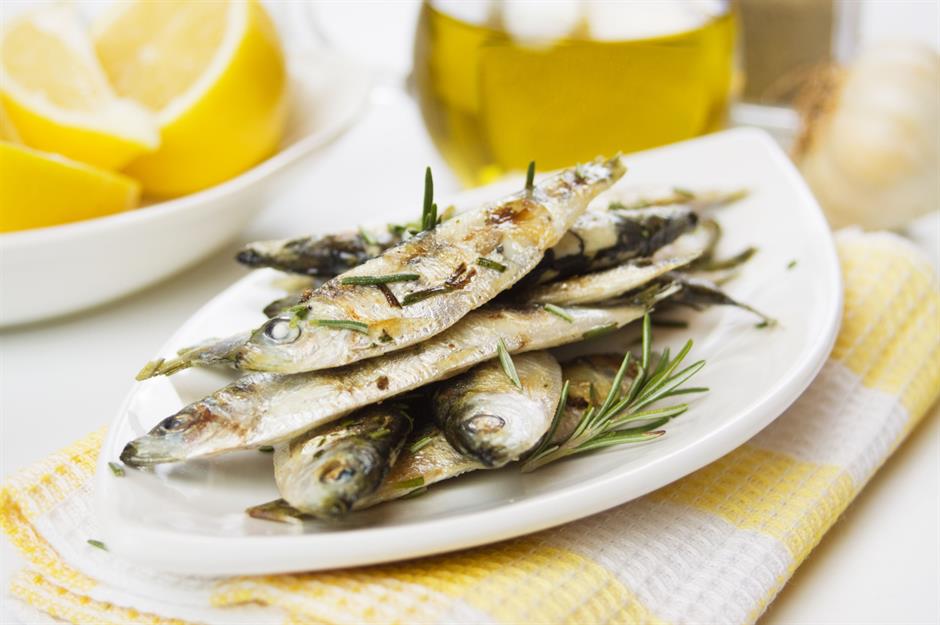
Sardines are a key part of super-healthy Mediterranean diets, which are known to promote longevity – and not only that, but research from Boston University suggests these small, oily fish are also a good source of vitamin D, with one serving of five fish containing 100% of your recommended daily dose. Fresh sardines are gorgeous barbecued and dressed with zingy herbs, but canned fillets are just as nutritious. Try mashing them with chilli and lemon juice to top toast, or flake them through mashed potato to make fishcakes for frying.
Swordfish
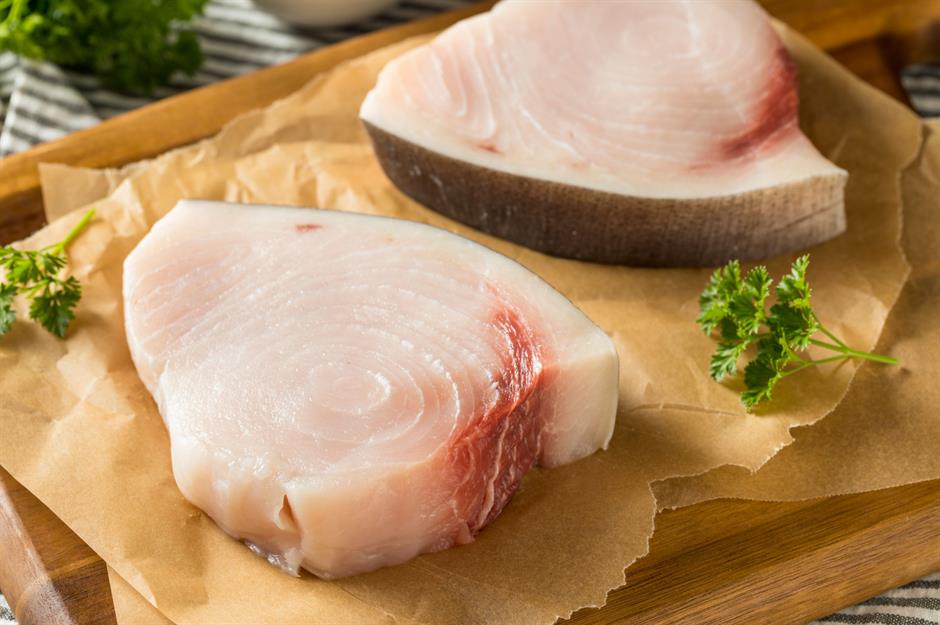
Another oily fish makes the list! This time it's swordfish, which can tick off an estimated 95% of your daily vitamin D in just one serving of around 5oz (142g). The flesh of these powerful fish is meaty and firm, so it's often sold in tuna-like steaks. Swordfish has a paler appearance than tuna and is milder, making it perfect for teaming with powerful flavours like North African spices, chilli salsas or olive tapenades. The close grain of the fish also means that it holds together well for kebabs; simply cube your swordfish, dress it in a little oil and lemon juice, then cook it over coals.
Tofu
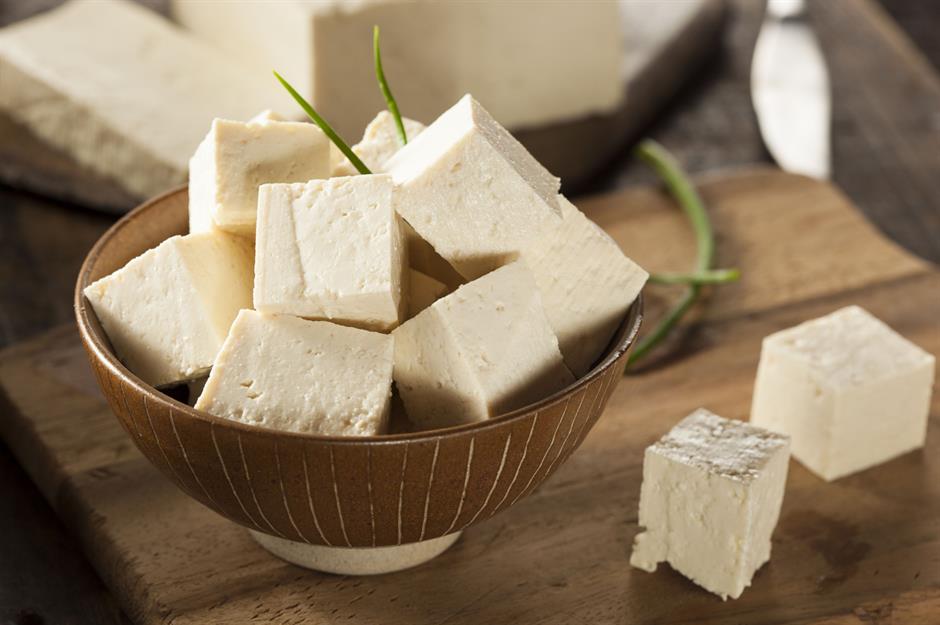
If bean curd is already part of your diet, good news: as well as packing protein, calcium, iron and magnesium, tofu is sometimes fortified with vitamin D. Around 3.5oz (100g) of fortified tofu will cover about a fifth of your daily needs – but maximising your intake of the vitamin means making smart cooking choices. The vitamin D in tofu is fat soluble, so it's more likely to be retained if you poach, grill or braise it; frying in cooking oil could cause the nutrient to leach out.
Tuna
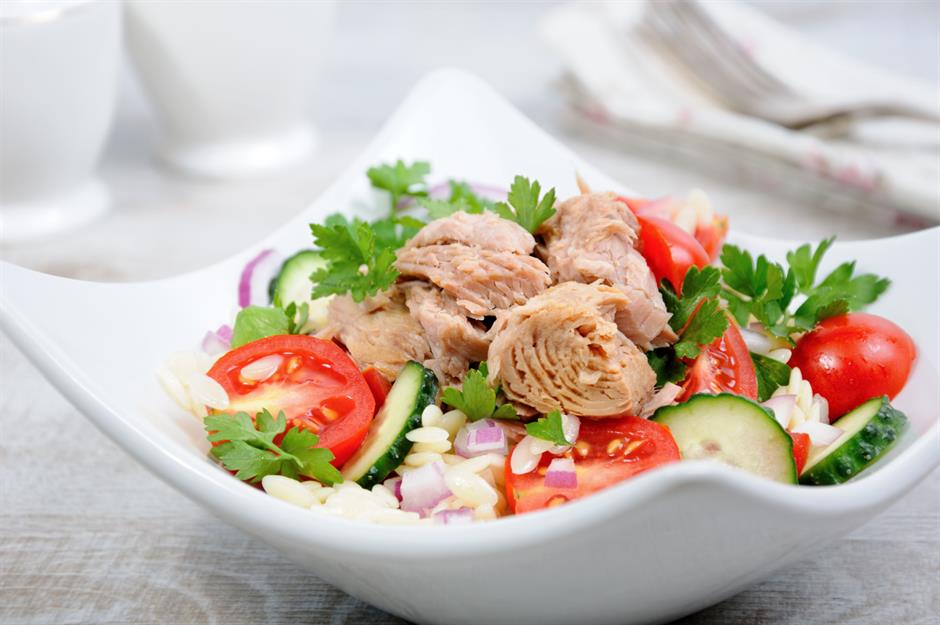
Tinned fish is a convenient source of vitamin D, and canned tuna – one of the world's most popular store cupboard staples – can provide around a third of your daily dose. Whether you mix it with mayo, add it to a salad niçoise or flake it through a creamy pasta bake, it's a versatile food to have to hand. A word of warning, though: like many large fish, tuna can contain traces of mercury, so some guidelines advise against frequent consumption (especially if you are, or are trying to get, pregnant).
UV-enriched mushrooms
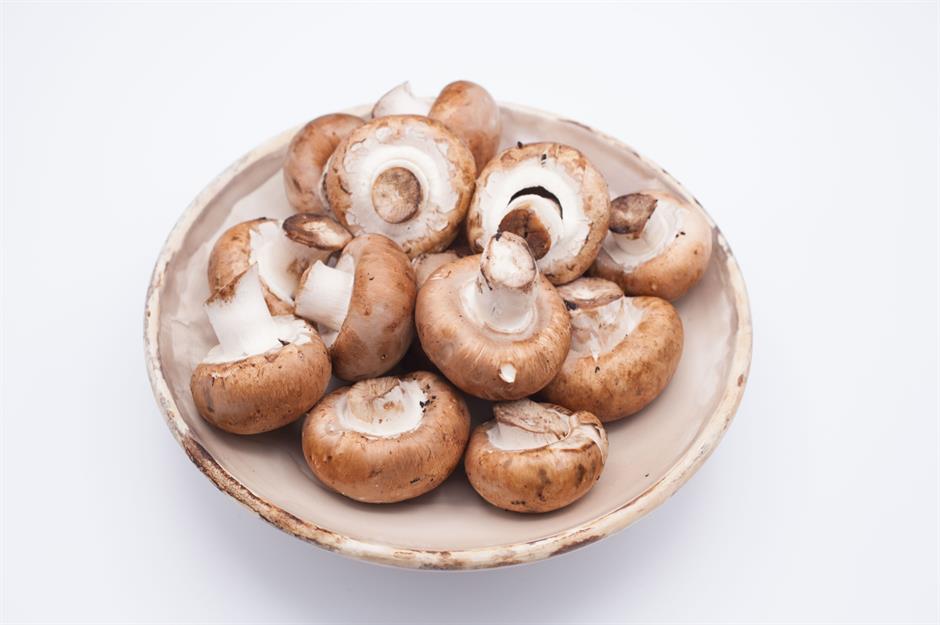
Most commercially grown mushrooms are raised in total darkness, with no light to transform into vitamin D. However, canny growers have discovered a work-around: it's increasingly common for mushroom farmers to pulse their harvested crop with UV light, increasing vitamin D2 levels to a point where a 3.5oz (100g) serving can deliver 100% of your recommended daily dose of vitamin D. Chestnut mushrooms are the most commonly enriched species, and can deliver up to 139% of your daily requirement in a 3oz (85g) serving.
Wild mushrooms
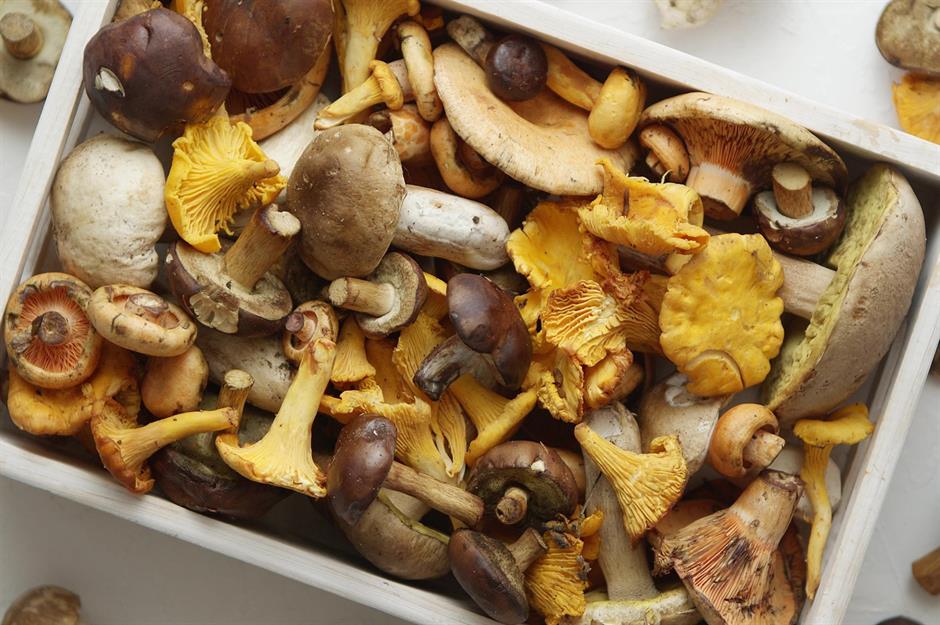
Relatively high levels of vitamin D have been measured in wild mushrooms. A 2018 university study in Perth, Australia found that a 3.5oz (100g) serving of chanterelles picked in late summer in Finland contained up to 200% of the recommended daily dose of vitamin D, while the same volume of shop-bought button mushrooms contained a negligible amount. This is why some experts suggest leaving shiitakes in summer sunshine for a couple of days, placed gills up, to turbo-charge their vitamin D levels. Cooking also matters; lightly sautéing your mushrooms (rather than frying them in fat) can prevent their vitamin load from fading.
Yogurt
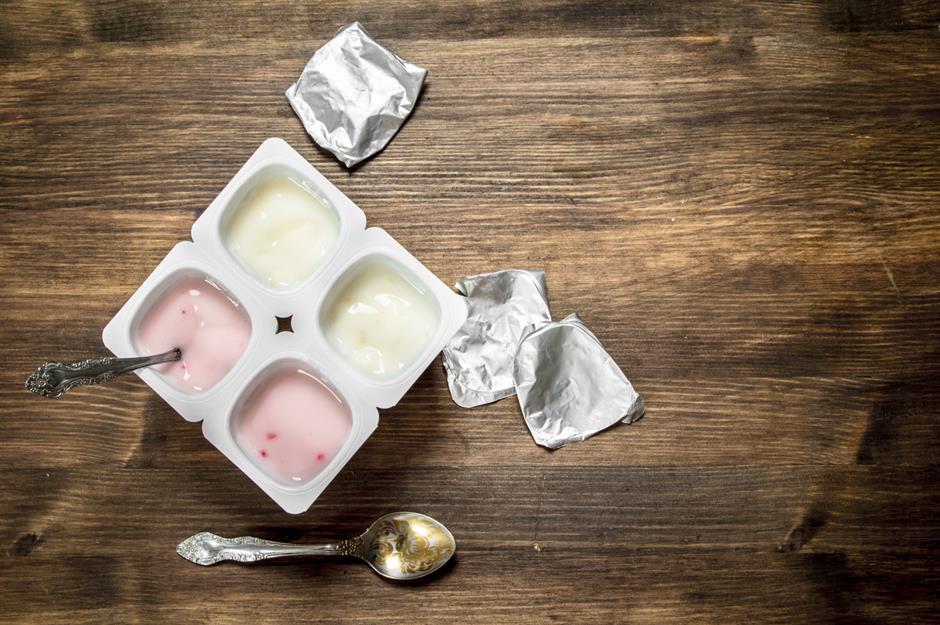
Whether you like your yogurt straight from the pot, stirred into bircher muesli or overnight oats, or blitzed up with berries in a smoothie, it can be a fantastic source of vitamin D – however, it's unlikely you'll find the nutrient in your favourite natural or Greek-style yogurt. To get a yogurt-based vitamin D fix, you'll need to look for products specifically designed for kids, or varieties that promise 'immune support'; vitamin D is a common additive in dairy products that claim to boost health.
Comments
Be the first to comment
Do you want to comment on this article? You need to be signed in for this feature
Most Popular
Reviews 31 unbelievably sugary cereals from around the world